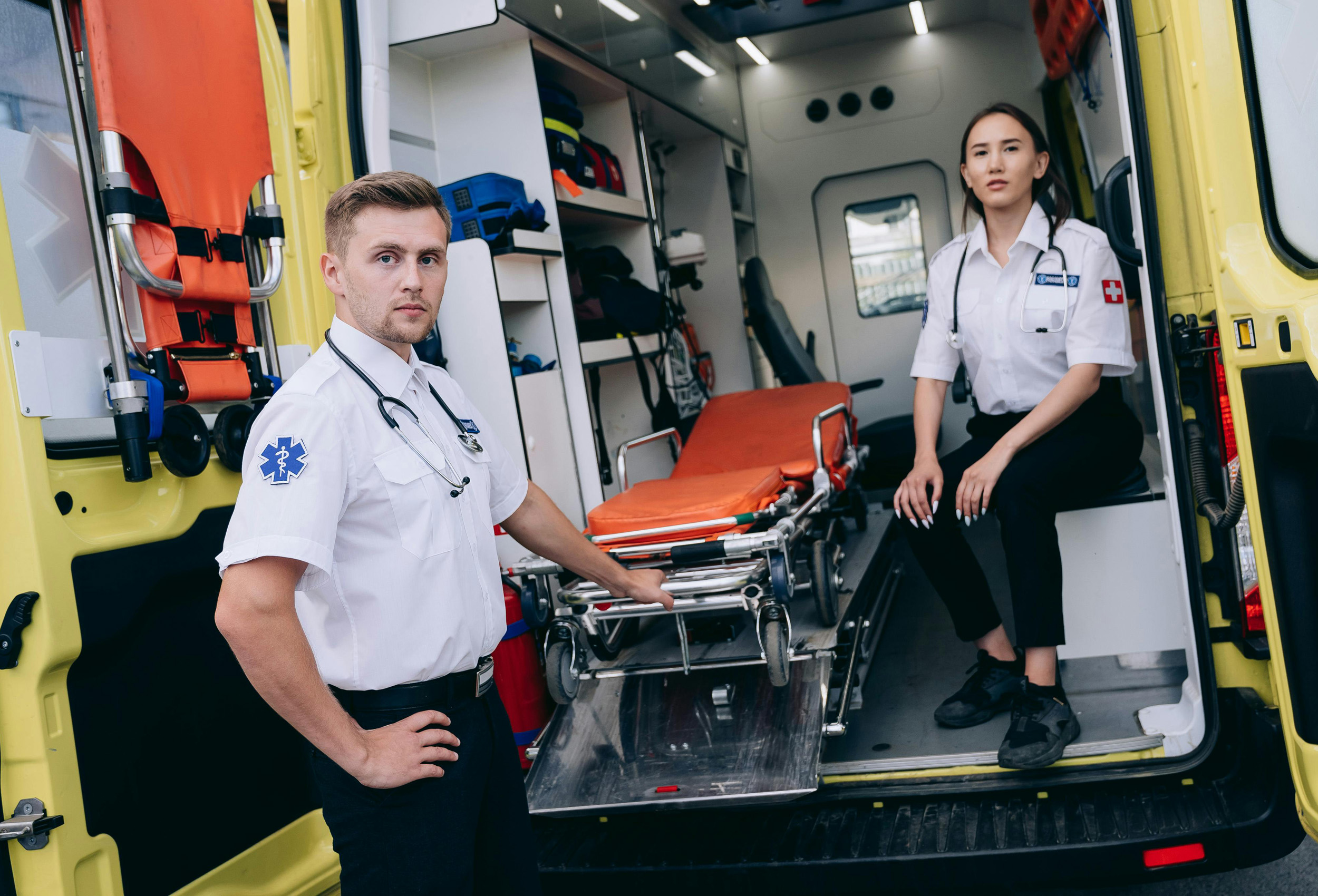In a world where accidents are a common occurrence, first aid skills stand as the unsung heroes of quick response. But what if first aid was not just a skill for adults or medical professionals, but a fundamental life lesson for children?
From playground tumbles to kitchen mishaps, equipping children with first aid knowledge can make a crucial difference in emergency situations. In this comprehensive discussion, we’ll explore why it is not only beneficial but also necessary to teach first aid to our youth.
Building Resilient and Responsible Citizens
Imagine the potential for increasing community safety when a sizable portion of our population, including our children, knows what to do in an emergency. This education can empower youngsters to act as first responders, providing immediate care until professional help arrives.
By instilling these skills in the next generation, we foster a culture of responsibility and empathy. Each child who learns first aid becomes an advocate for safety, helping to shape a world where assisting others in need is an instinctual reaction.
Breaking Down Barriers to Fear
One of the significant barriers to administering first aid is fear – fear of doing something wrong, fear of injury, and fear of not knowing what to do. Learning first aid at a young age helps to overcome these fears. Familiarity breeds confidence, and once children are taught that they can save lives or prevent injuries, they’ll approach emergencies with a clearer mind and calmer demeanour.
Preparing for the Unforeseen
Emergencies don’t knock before they enter our lives, and prior preparation can be the key difference between a manageable situation and a tragic one. Teaching first aid in schools prepares our children to handle unexpected events, such as a classmate choking on lunch or an asthma attack during physical education.
By learning the signs and symptoms of common medical emergencies, children will be better prepared when – not if – these scenarios unfold.
Aligning with Modern Educational Goals
In an era where education systems are emphasising skills that are applicable to real-world situations, first aid fits seamlessly. It encompasses critical thinking, problem-solving, and the application of knowledge under pressure, enhancing not just the child’s readiness for emergencies but their overall cognitive development.
It also teaches children to respect and understand the human body, fostering a mindset of health awareness that can carry into adulthood.
The Role of Youngsters in Disaster Preparedness
First aid is not just about everyday incidents. When natural disasters strike, such as earthquakes or floods, children who are knowledgeable in first aid can act as true lifesavers. Through this training, schools are not only preparing students for personal well-being but also for the greater good of the community in dire times.
First Aid at Work requalification training updates the first aid skills of those who need to renew their First Aid at Work certificate. The approximately 12-hour course First Aid at Work course is designed for those who currently hold a First Aid at Work qualification and are due to expire.
Initiating a Lifelong Learning Journey
Introducing first aid to children is not a one-off lesson. It’s a prompt for a lifelong learning process. From acquiring basic skills at an early age to possibly pursuing advanced first aid and becoming certified, the educational process can be dynamic and continuous.
There’s also a positive ripple effect where children who are taught first aid at school often encourage family members to do the same, creating multiple layers of protection within a community.
Addressing Concerns and Criticisms
While the benefits are clear, there are often concerns that children may not be mature enough to handle the responsibility that comes with first aid training. However, the approach to teaching these skills will involve age-appropriate content and an understanding that first aid knowledge does not translate into pressure to act in every situation.
Instead, it instills an ability to recognize the need for help and when it is safe to assist, aligning closely with the instincts of care and protection that most children already possess.
Successful Implementations Around the World
Numerous schools globally have already championed first aid education for children, and the results are promising. From lower mortality rates to a more responsive community, the evidence strongly supports this initiative. Real-life stories of young first aiders ensuring positive outcomes in emergencies further solidify the need for this practice to become mainstream.
Collaborating with Healthcare and Emergency Professionals
To ensure the quality and relevance of first aid education, collaborations with local healthcare and emergency response professionals are vital. These partnerships can lead to the development of curricula that reflect the latest medical knowledge and emergency protocols, making the learning experience for children both accurate and engaging.
A Call to Action for the Education Sector
The case for first aid education for children calls for a call to action not only from the community but also from the education sector. By making this part of the school curriculum, institutions are making a commitment to the safety and well-being of their students, contributing significantly to the holistic education of young minds.
Conclusion
Teaching first aid to children is not merely a valuable addition to the curriculum but a reflection of our societal values and priorities. The world we seek to shape should be one where the safety and care of others are fundamental traits, irrespective of age. By teaching first aid in schools, we move closer to that ideal world – one child at a time.

